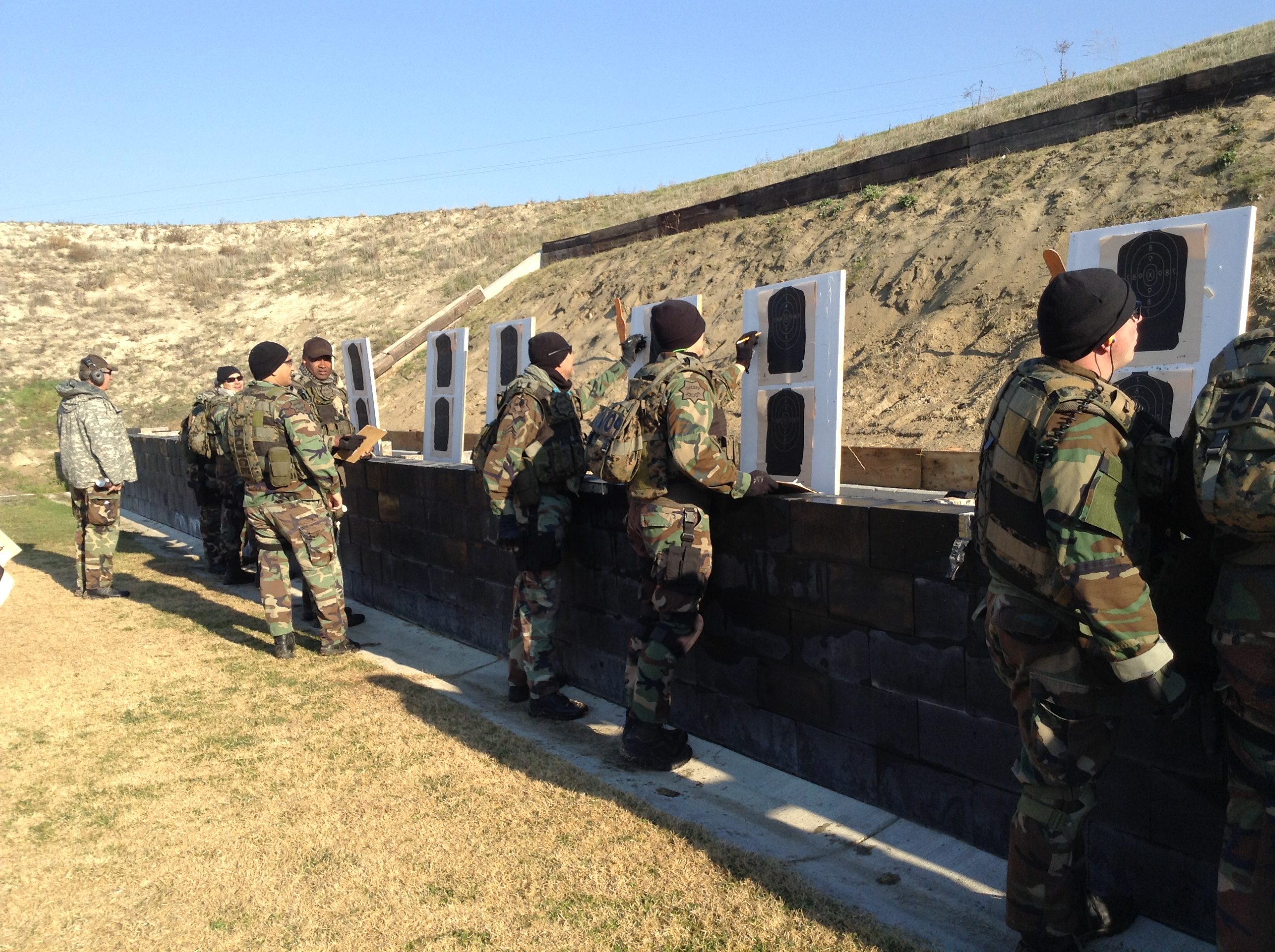He hit the trigger with his finger after the bolt closed.
An ND is an ND. Shooter induced or equipment induced doesn’t matter.
Shooter is responsible for his weapon system.
Right there with you, there is only negligence.
Across 25+ years of carrying a weapon for a living, I had one ND. It was with a blank in my M40A1 during raid weeks training, we made and were breaking contact, I was bounding with the bolt down and carrying the rifle with my hand on the forearm, muzzle down, and my gear caught the trigger firing down my side. At the time I thought I hit a bang type booby trap trip wire, right up until I set up and went to shoot with no joy. By some people's reasoning in this thread, that was an "accident" but it was 100% negligence on my part, even with a blank into the ground and when I didn't put my finger on the trigger. I knew I should have put the bolt up when moving, I failed in that, and after the evolution I came clean to my Plt Sgt on it. He wasn't pleased his Chief Scout fucked up like that, I paid my tree line penance, and I've used it as a teaching point then and ever since.
For me, as much as this ND in the video is a huge issue, it's not why I left the PRS after one brief season. This competitor is not only unsafe, but he's a fucking cheater with zero integrity, and that is far from a one off inside the PRS.
Lack of honor isn't "gaming" as so many in the PRS like to call it, it's cheating. Knowing you missed but still accepting points cannot be construed as anything other than cheating. Same goes with the "Well, it didn't say I
couldn't do it in the stage brief..." mentality when it clearly goes against the stage's intent.
As an aside, I only witnessed one ND at a PRS match. It was at Peacemaker and involved a shooter who touched the trigger causing the rifle to fire before coming into the glass after his time began, a second RO not in the glass witnessed it and immediately stopped the shooter, and called in the MD who promptly ordered him off the property with a match DQ. That's the way these should be handled each and every time they occur.



